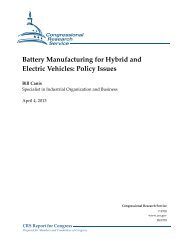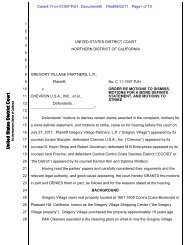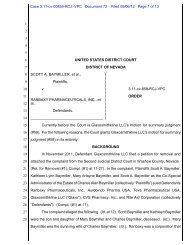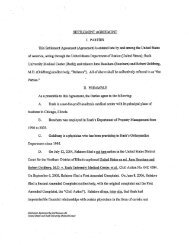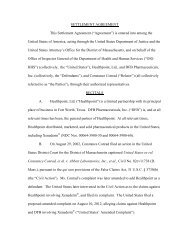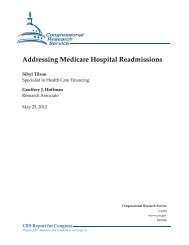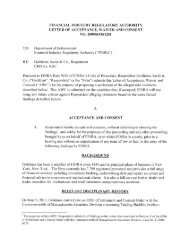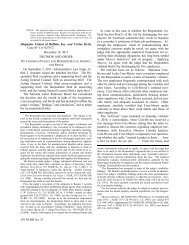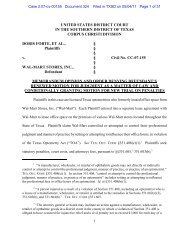Ridge Seneca Plaza, LLC v. BP Prods. N. Am. - BNA
Ridge Seneca Plaza, LLC v. BP Prods. N. Am. - BNA
Ridge Seneca Plaza, LLC v. BP Prods. N. Am. - BNA
Create successful ePaper yourself
Turn your PDF publications into a flip-book with our unique Google optimized e-Paper software.
Case 6:06-cv-06333-CJS -JWF Document 188 Filed 05/03/11 Page 10 of 16<br />
New York City, Department of Corrections, 84 F.3d 614, 619 (2d Cir. 1996).<br />
ANALYSIS<br />
First Allied’s Alleged Negligence in Failing to Disclose the EMG Phase I Report to<br />
<strong>Ridge</strong> <strong>Seneca</strong><br />
<strong>Ridge</strong> <strong>Seneca</strong> argues that First Allied had a duty to disclose “all material information<br />
regarding the environmental condition of the Property prior to Closing….” (<strong>Ridge</strong> <strong>Seneca</strong><br />
Mem. of Law at 2–3.) In particular, <strong>Ridge</strong> <strong>Seneca</strong> refers to the EMG Phase I completed on<br />
March 14, 1997, (<strong>Am</strong>end. Compl. 143(b)), which discussed a 1994 tank failure at the<br />
gasoline station adjacent to the Property, and pointed out that a dry cleaner had operated 2<br />
prior to regulations on the disposal of hazardous dry cleaning waste. <strong>Ridge</strong> <strong>Seneca</strong> relies<br />
on Stambovsky v. Ackley, 169 A.D.2d 254 (N.Y. App. Div. 1st Dept. 1991) and Young v.<br />
Keith, 112 A.D.2d 625 (N.Y. App. Div. 3d Dept. 1985), to support its contention that First<br />
Allied had a duty to disclose even in the absence of a specific inquiry from <strong>Ridge</strong> <strong>Seneca</strong>.<br />
(<strong>Ridge</strong> <strong>Seneca</strong> Mem. of Law at 4.) First Allied counters:<br />
New York adheres to the doctrine of caveat emptor and imposes no duty on<br />
the seller to disclose any information concerning the premises when the<br />
parties deal at arm’s length, unless there is some conduct on the part of the<br />
seller that constitutes active concealment (see, Platzman v Morris, 283<br />
A.D.2d 561, 562 (2d Dep’t 2001); Howard Iron Works v. Buffalo Elevating<br />
3<br />
Co., 113 A.D. 562, 570 (4th Dep’t 1901) ).<br />
(First Allied Mem. of Law at 5.) Howard Iron Works dealt with the sale of personal property,<br />
so is not relevant here, but in Platzman, cited in Howard, the appellate court, in a case<br />
2<br />
The papers submitted in support of, and in opposition to, the motion, do not indicate<br />
whether the dry cleaner operated on the premises sold, or on an adjacent premises.<br />
3<br />
The Howard case was actually decided on May 9, 1906, not 1901, and was affirmed on<br />
May 10, 1907. Howard Iron Works v. Buffalo Elevating Co., 188 N.Y. 619 (1907).<br />
Page 10 of 16





